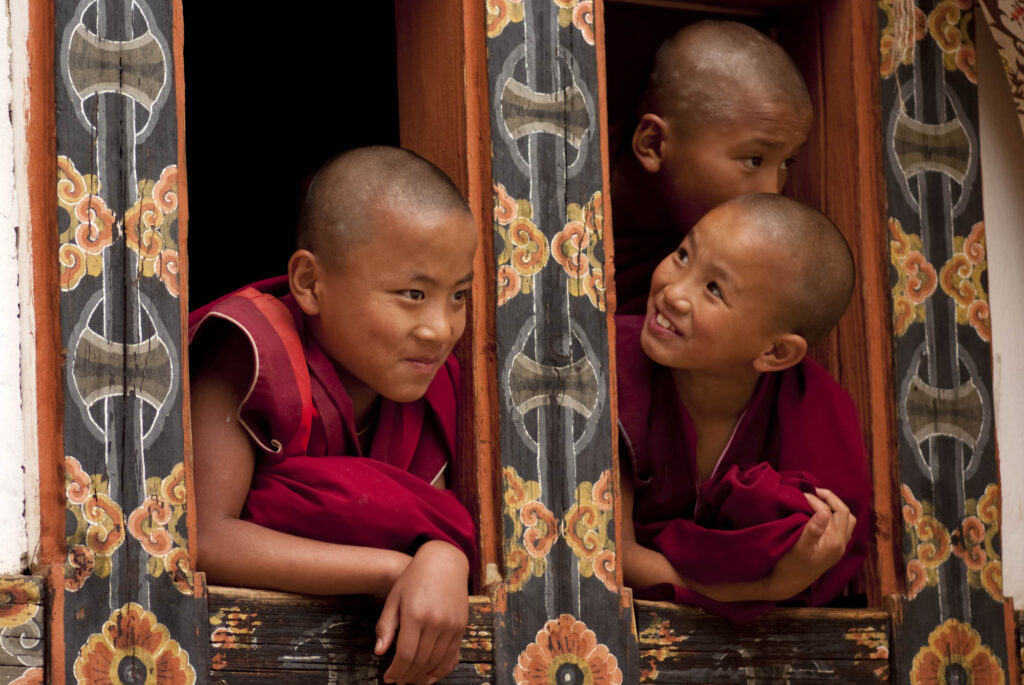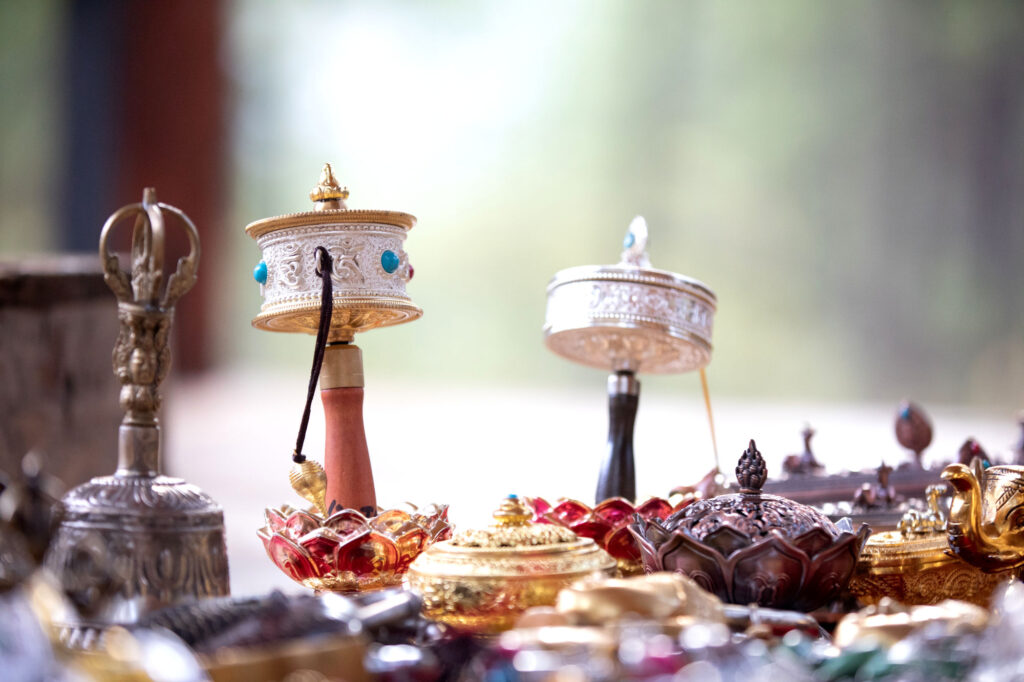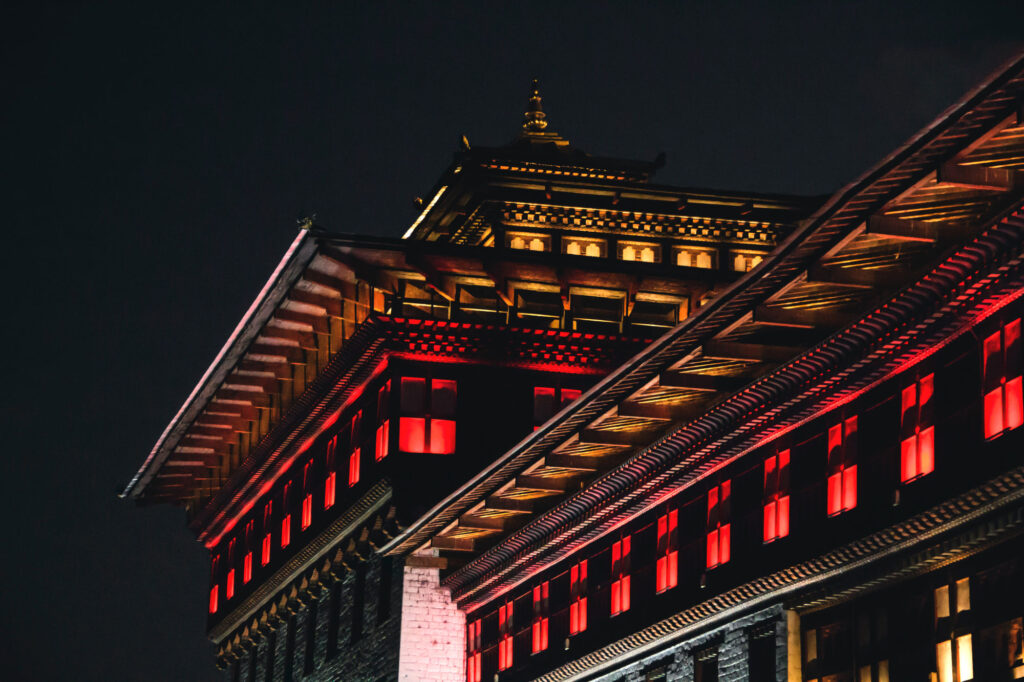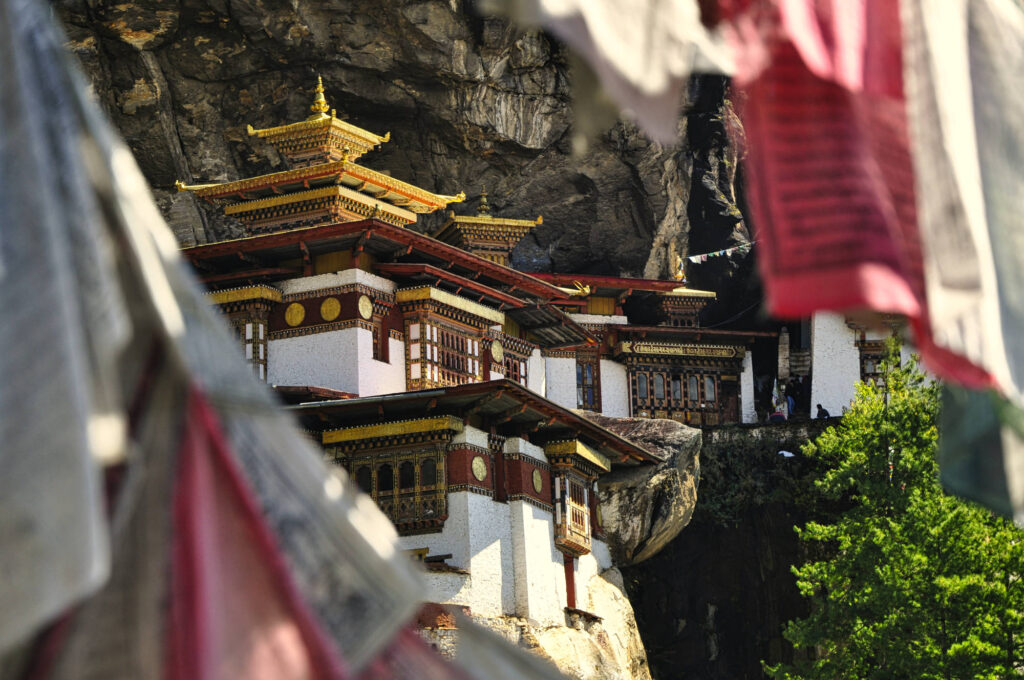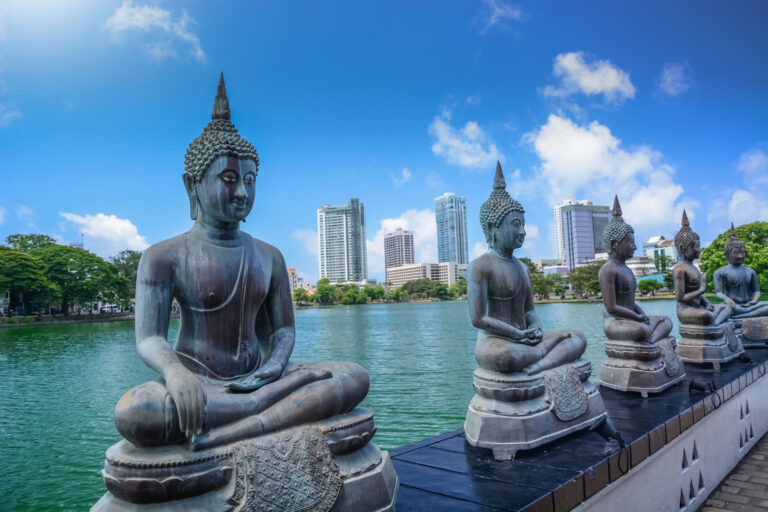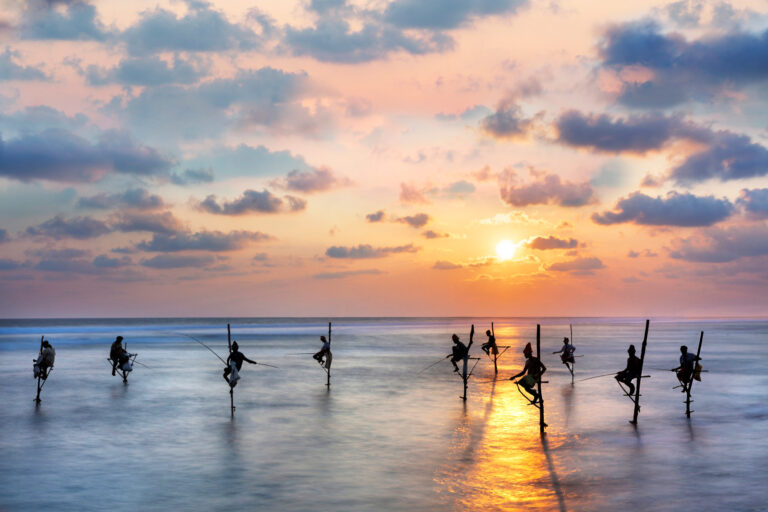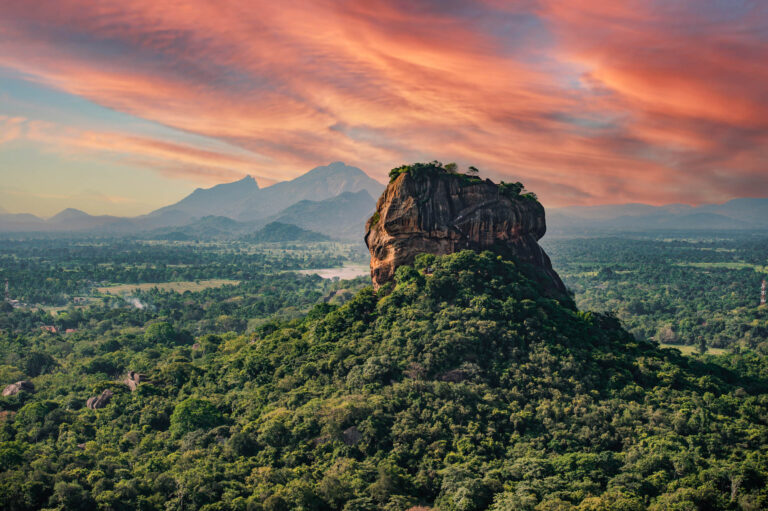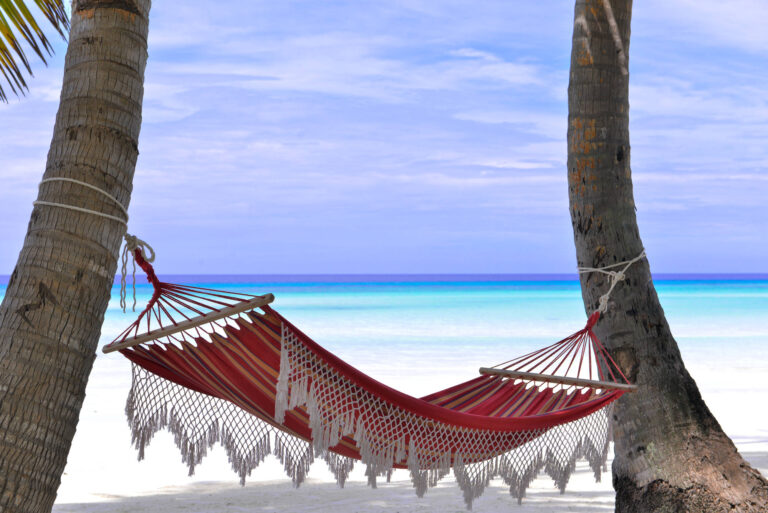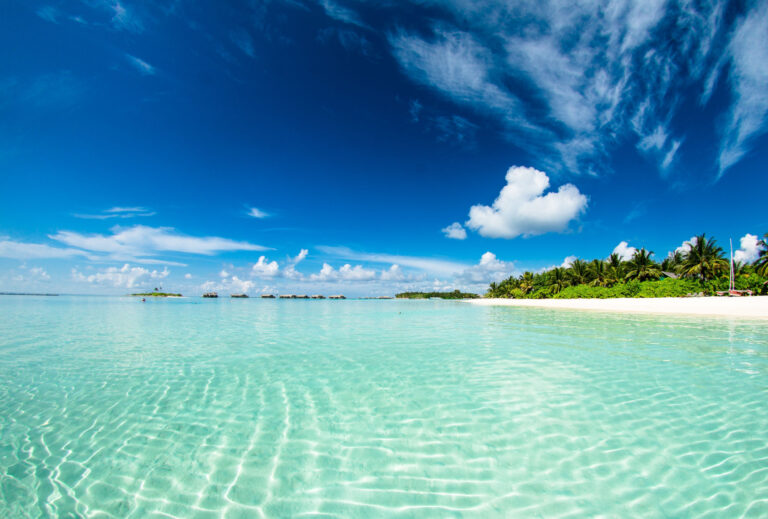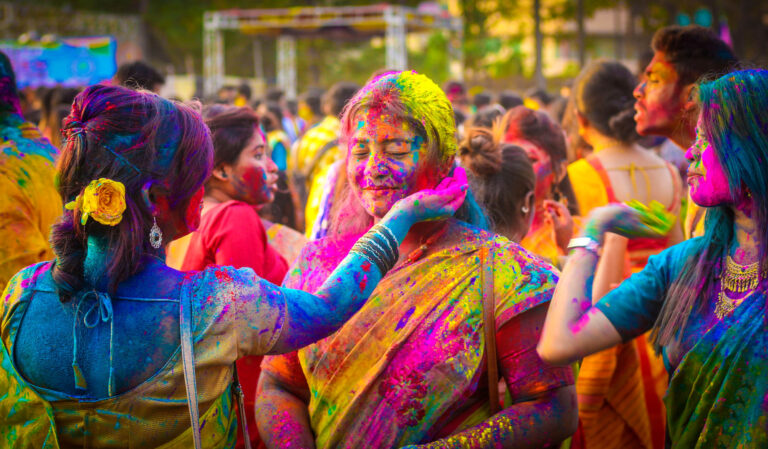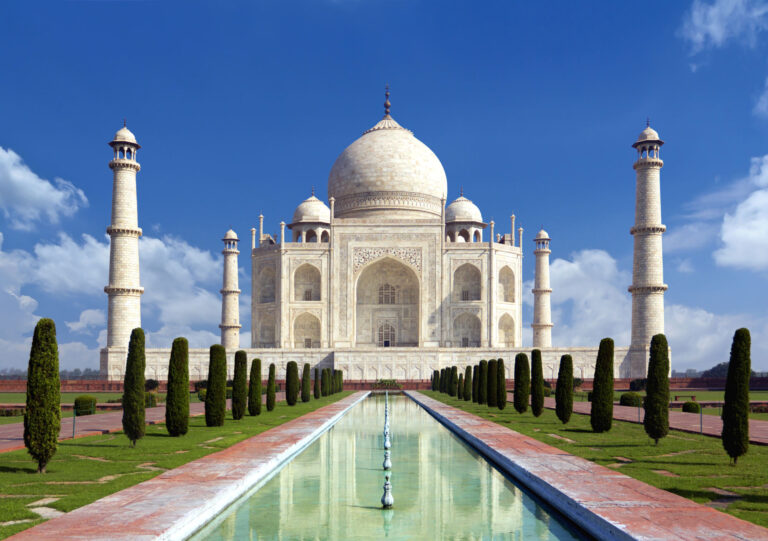
- COUNTRY
- MAIN CITIES
- prev
- next
THE COUNTRY
Following Britain’s victory in the 1865 Duar War, Britain and Bhutan signed the Treaty of Sinchulu, under which Bhutan would receive an annual subsidy in exchange for ceding land to British India. In 1907, Bhutan became a unified kingdom under its first hereditary king. In 1949, the Treaty of Friendship with India established Bhutanese independence.
- Rinpung Dzong;
- Chele La Pass;
- Buddha Dordenma Statue;
- Dochu La Pass;
- Paro Taktsang (Tiger's Nest);
- Phobjikha Valley
- Private Jets, Helicopters and Airliners
- Finest Onboard Catering
- Ground Transport and Yachts
- Luxury Villa & House Rentals
- Local Guide & 24/7 Assistance
- Customized Global Services
TO BE KNOWN
-
The State's CapitalThimphu
-
Time ZoneUTC +6
-
Telephone Code975
-
Total Area38 394 Km2
-
Population867 775
-
Main LanguagesSharchhopka, Dzongkha, Lhotshamkha
-
CurrencyNgultrum (BTN)
-
GDP Per CapitaUSD 10900
-
Airports3
TRAVEL INFORMATION
Varies; tropical in southern plains; cool winters and hot summers in central valleys; severe winters and cool summers in Himalayas
Ngalop (also known as Bhote) 50%, ethnic Nepali 35% (predominantly Lhotshampas), indigenous or migrant tribes 15%
The Bhutanese follow a structure of etiquette called "driglam namzha." This code of conduct governs how to send and receive gifts, speak to those in authority, serve and eat food at public occasions, and dress.
Ema datshi — hot chili peppers and cheese curd made from cow or yak's milk; often served with rice
Hydropower investments spurring economic development; Gross National Happiness economy; sharp poverty declines; low inflation; strong monetary and fiscal policies; stable currency; fairly resilient response to COVID-19; key economic and strategic relations with India; climate vulnerabilities


